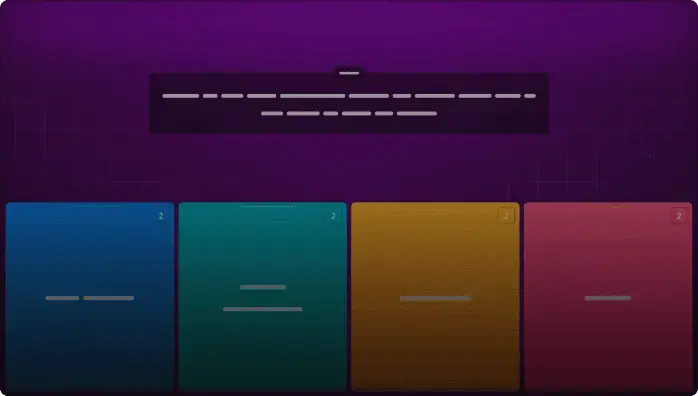
Earth, Moon, and Sun
Assessment
•
Devin DiIorio
•
Science
•
6th - 8th Grade
•
1K plays
•
Hard
Student preview

18 questions
Show answers
1.
Multiple Choice

The diagrams above show Earth and the Moon in different positions, as seen from above (top view). Sunlight is coming from the left, but these diagrams do not show what parts of Earth or the Moon are light or dark.
3. Could the half of the Moon that faces Earth ever be completely dark in any of these diagrams?
No, the Moon is always lit by the sun.
Yes, always in Diagrams 2 and 3, but never in Diagram 1.
Yes, always in Diagram 2, but never in Diagrams 1 or 3.
Yes, always in Diagram 2 and sometimes in Diagram 3.
2.
Multiple Choice

Leticia is a space scientist who made this diagram of the Moon and Earth as seen from above (top view), with sunlight coming from the left, as shown by the arrows. Why does Leticia’s diagram show that it’s brighter on the left half of the Moon?
Because Leticia’s diagram is showing that the half of the Moon that is facing the sun is lit by the sun, and the other half is dark.
Because the Moon has some lighter-colored rock and some darker-colored rock, and Leticia’s diagram is showing that the half of the Moon with the lighter-colored rock has rotated to the left.
Because as the Moon gets closer to the sun, more of it is lit by the sun, so Leticia’s diagram is showing sunlight on half of the Moon.
Because there is a shadow from Earth falling on half of the Moon, and Leticia’s diagram is showing that shadow on the right half of the Moon.
3.
Multiple Choice

Tania went outside and made two observations of the Moon that were several days apart. Her observations are shown in the diagram above. The light part of the Moon appeared to get larger over time. Why did this happen?
Between the first observation and the second observation, the Moon moved so that Tania was able to see more of the half that faces the sun.
Between the first observation and the second observation, the Moon moved closer to the sun so more sunlight reached the Moon’s surface.
Between the first observation and the second observation, the Moon rotated so that more of the light-colored rock on the Moon’s surface faced Earth.
Between the first observation and the second observation, Earth moved so its shadow was blocking less of the Moon so Tania was able to see more of it.
4.
Multiple Choice

How does light travel?
Light travels in straight lines only.
Light travels like a river, wherever there is an open path.
Light travels in unpredictable ways.
It depends; if the light is bright enough it can change direction.
5.
Multiple Choice
Shira looked up one night and saw a full moon. How long will it be before she can see a full moon again?
About one week.
About one month.
There is no way to tell because the Moon’s pattern is always changing.
It could be two weeks or a month, depending on what time of year it is.
Explore all questions with a free account
Find a similar activity
Create activity tailored to your needs using
.svg)

Moon Earth and Sun
•
6th - 8th Grade

Earth Sun and Moon
•
6th Grade - University

Earth Moon and Sun
•
6th - 8th Grade

Earth, Moon, and Sun
•
6th - 8th Grade

Moon, Sun and Earth
•
6th - 8th Grade

Earth, Sun and Moon
•
6th Grade - University

Earth, Moon, and Sun
•
6th Grade

Earth, Moon, and Sun
•
8th Grade